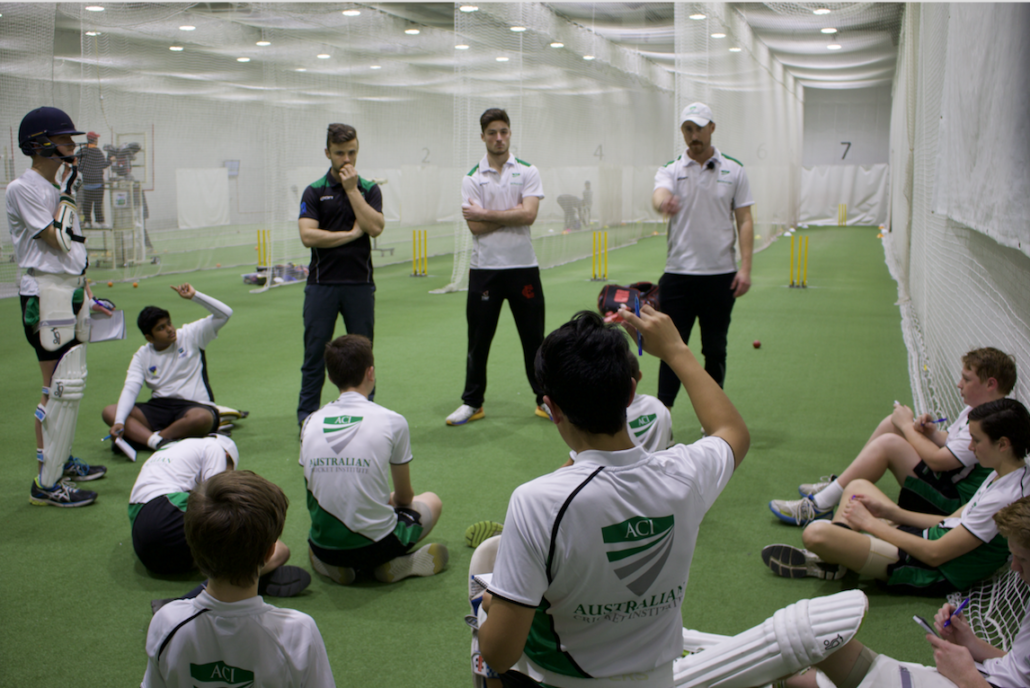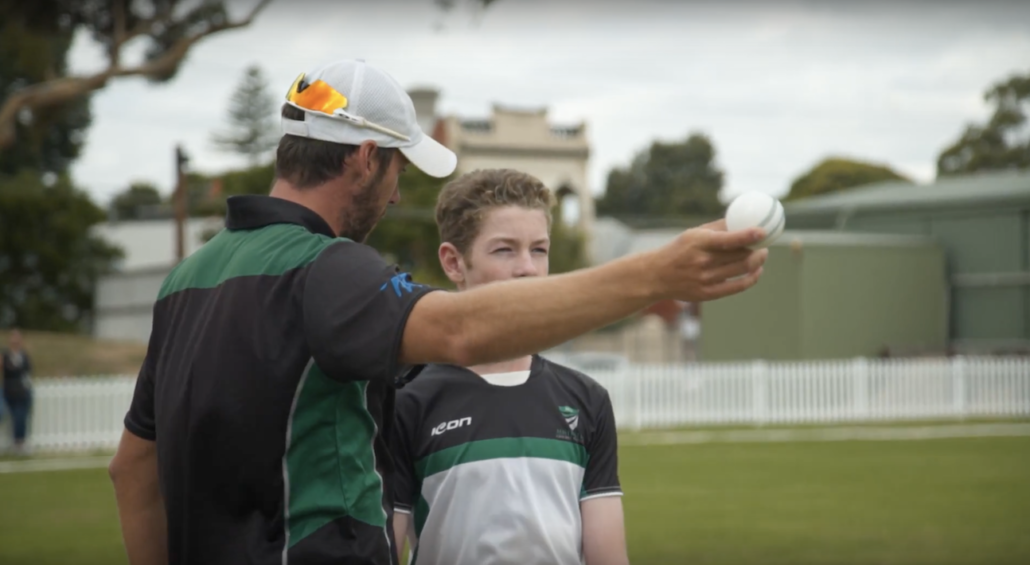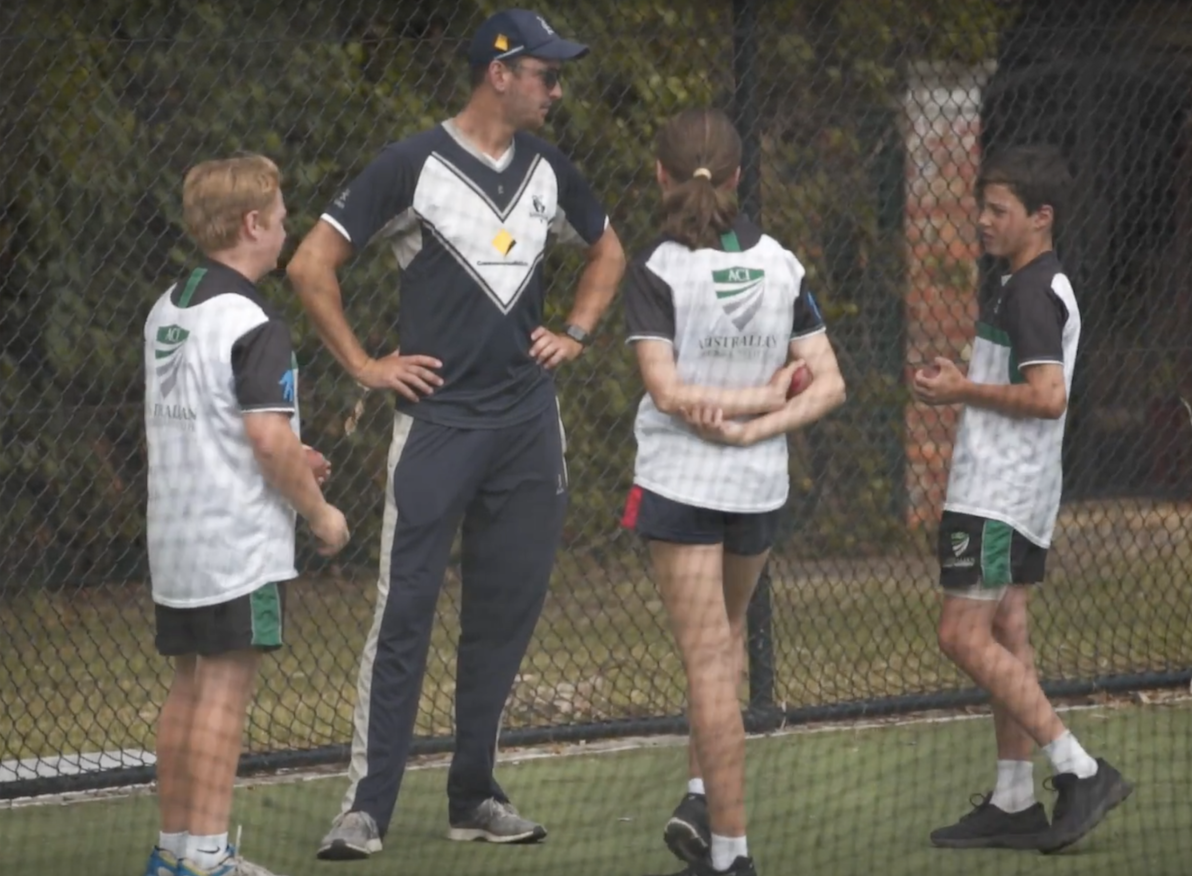As a player, the period between 10 to 15 years old is a critical time in a young cricketer’s development.
The skills, techniques, beliefs and habits they develop now are the ones they’re going to carry into the rest of their career and life.
Most children dream of playing for their country, unfortunately that realisation won’t come through for most, and parents understand that (that’s not to say they shouldn’t have that as a dream…I’d actually be surprised if most players didn’t).
What every parent I speak to really wants for their child is to give them the best opportunity to reach THEIR ceiling and fulfil their potential, whatever that may be for them, and to contribute at whatever level they're playing at so they enjoy the game they love.
And that’s our job as coaches, to help players reach their ceiling...
...to ensure they’re getting the right coaching and advice, and that they’re in the right environment to maximise their development.
Here are three things that we’ve identified with the way most juniors train, that may be holding your child back from developing and reaching their full potential.
Preface: This might seem like I’m having a go at volunteer coaches, I’m not. I think volunteers are absolute saints and do a great job. Junior cricket would not operate without them. Most are thrown in the deep end because there’s no-one else. The three points I’m going to touch on are just results of circumstance and moulded into the way we traditionally train (even in senior cricket).

1. NO PLAN OR PURPOSE TO TRAINING
Tell me if this sounds familiar…
Team rolls up to the nets for 60-90 minutes, each player bats for 10 minutes in the nets (has a slog at the end), 4-5 bowlers per net, team leaves nets once everyone has had a bat (sometimes not even everyone).
There’s no real plan or purpose, no thought about the situation of the game or where the field is and no specific skill development.
If you want to develop specific skills (like playing a cut shot or bowling a bouncer) you have to isolate that skill and do it hundreds of times over and over, not execute it twice a week in your weekly net session.
That’s why dedicating part of your training session to drill work and specific skill development is important and something we do in all our academy programs.
It’s also important to create an environment in the nets that’s as close to a match situation as possible (you’ll obviously never get it the same).
When a player is out there on a Saturday there’s scoreboard pressure and the pressure of having to hit gaps in the field.
The way traditional net sessions are run, creates players that feel great in the nets (when there’s no scoreboard pressure and they can hit the ball anywhere) but can’t transfer that form out into the middle on a Saturday.
That’s why in every net session we run at our academies, coaches give the players scenarios and get the bowling group to set fields.

2. ONE DIMENSIONAL IMPROVEMENT
What I mean by one dimensional improvement or training is that most players just focus on their skills and technique.
If your child is playing for fun and isn’t serious about their cricket (which is totally cool by the way), that type of training is completely fine.
But if they’re serious about their cricket and want to go as far as they can, they need to start looking at their development in a holistic way and understand that things like physical preparation, mental skills and tactical awareness are just as important as their skill and technique.
Physical preparation includes things like the way they warm up, the strength and conditioning they do and the things they eat and drink to fuel their body at different stages (mid-week, pre-game, during the game and post-game).
Mental skills are so important in cricket (it’s the main thing holding most players back). Cricket is such a different sport to say - footy, soccer, basketball which are all fast paced and reactive.
In cricket we have a set amount of down time in between balls and a lot of young players use that time negatively. At the ACI, we teach players tools and techniques to use that time in between balls more positively.
Tactics and game awareness is probably the slowest thing to develop because you need to play a lot of cricket to develop that side of your game.
We can fast track it though, by using scenario based net sessions, setting fields and encouraging open conversations with coaches before and after the scenario.
Technical development, physical preparation, mental skills and game awareness are like cogs in a machine. If one stops working so does the machine.

3. LACK OF INDIVIDUAL FEEDBACK DUE TO LARGE NUMBERS
This one is purely a result of circumstance.
Like I said earlier, most junior coaches are thrown in the deep end knowing full well they don’t have the coaching/playing experience to provide a high level of individual feedback.
They’re also often given large numbers to deal with, 11-15 players in a squad and one coach to look after them.
The result of that is the coach turns into more of a manager; organising who is batting when and in what net and where each bowler should be.
It’s near impossible to provide quality individual feedback when you’re working with those numbers and have limited facilities available.
That is one thing we’re very conscious of in our academy programs, keeping the groups manageable and having enough coaches to allow players plenty of time on task and individual feedback.

HOW CAN WE HELP?
If your child is passionate about cricket, trying to become the best they can, and you feel like any of the above circumstances are holding them back from developing and reaching their ceiling, we’d love to chat to you about how we can help develop their game.
Author: Nick Fitzpatrick
Australian Cricket Institute Co-Founder & Coach















